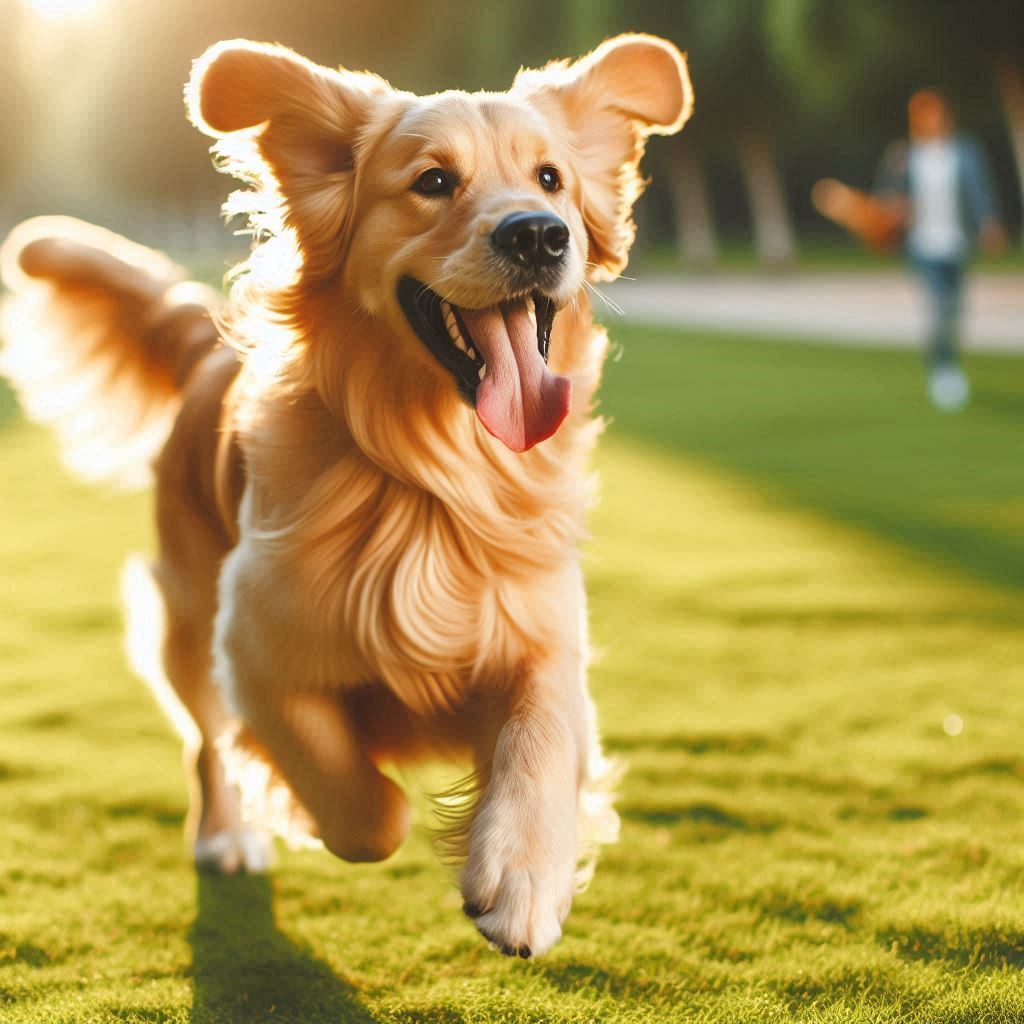While dogs don’t understand human language in the same way we do, they can pick up on certain aspects of our speech that help them understand our communication. Here’s a breakdown of what words dogs might hear best:

#1 – Emphasis and Tone
- Emotional Cues: Dogs are highly attuned to the emotional tone of our voice. They can distinguish between happy, sad, angry, or scared tones and adjust their behavior accordingly. A high-pitched, excited voice might signal playtime, while a calm and soothing tone might be comforting.
- Emphasis and Pitch: Changes in pitch and emphasis can also be informative for dogs. Using a higher pitch and excited tone when saying “go for a walk” might trigger happy anticipation in your dog. Conversely, a firm and lower-pitched “no” can convey disapproval effectively.
#2 – Short, Clear Words
- Focus on Key Words: Dogs tend to focus on short, clear words rather than complex sentences. Using simple commands like “sit,” “stay,” “come,” and “down” during training is more effective than full sentences. These commands are easy for dogs to recognize and respond to promptly.
- Positive Reinforcement: Pair these short words with positive reinforcement like treats, praise, or petting to create a strong association and encourage the desired behavior. Consistently rewarding your dog for following commands reinforces their understanding and willingness to obey.
#3 – Familiar Words Through Repetition
- Learning Through Association: Dogs learn to associate certain words with specific actions or objects through repetition and positive reinforcement. For example, if you always say “treat” before giving your dog a treat, they’ll eventually learn to connect the word with the reward. Repetition is key to helping dogs build a reliable vocabulary.
- Limited Vocabulary: While they might learn a few dozen words, it’s unlikely a dog will understand complex sentences or conversations. Their understanding is primarily based on the consistent association of words with actions, objects, or outcomes.
Additional Tips for Effective Communication with Your Dog
- Body Language Matters: Our body language often reinforces or contradicts what we say with words. Maintain positive and encouraging body language when giving commands. Dogs are excellent at reading body language and will respond to your physical cues as much as your verbal ones.
- Be Consistent: Use consistent words and cues for commands to avoid confusing your dog. Changing the words or gestures you use can lead to misunderstandings and slower learning.
- Keep Training Sessions Short and Fun: Short, positive training sessions are more effective than long, drawn-out ones. Keep sessions engaging and end on a positive note to maintain your dog’s interest and enthusiasm.
Conclusion
Overall, focus on clear, short words, positive reinforcement, and appropriate tone of voice for the best communication with your furry companion. By understanding how dogs perceive our words and emotions, you can build a stronger, more effective bond with your pet.
